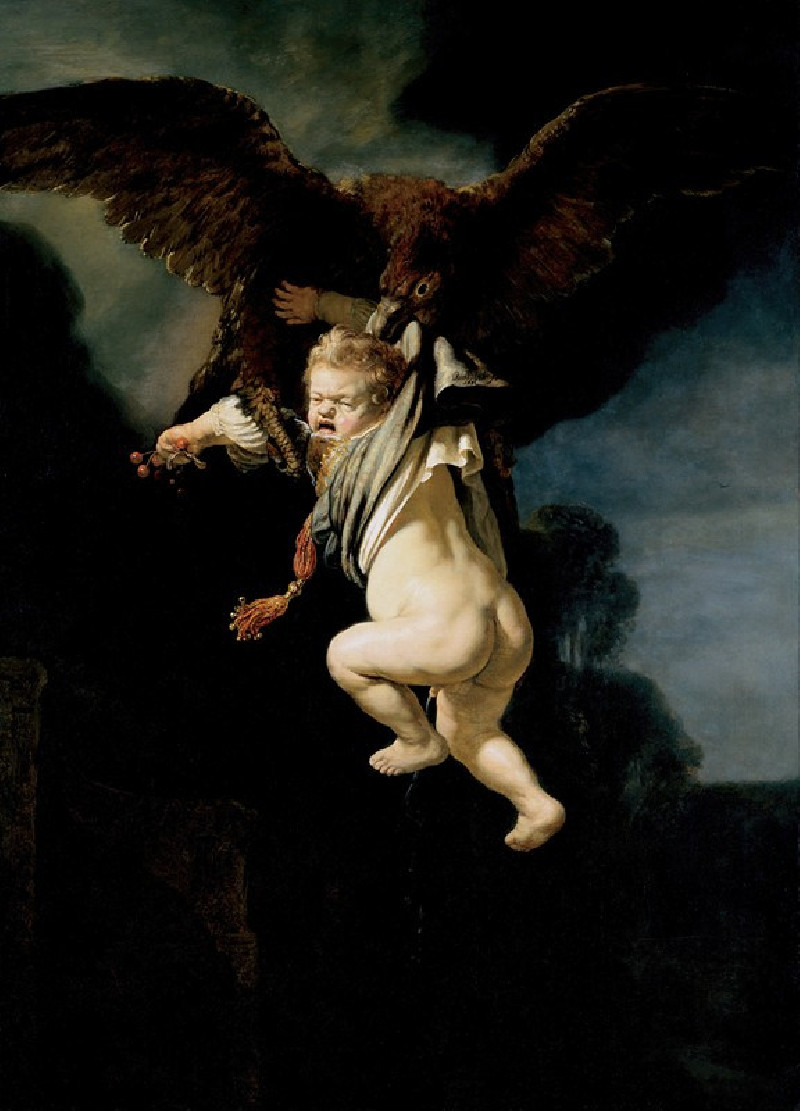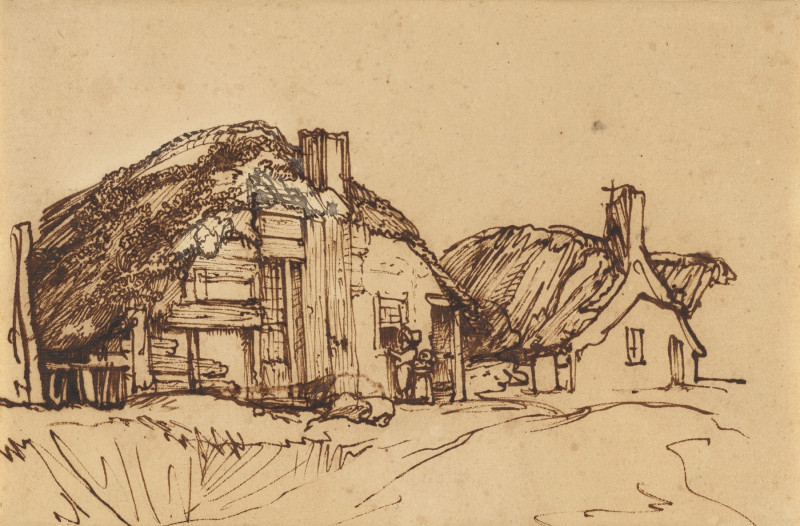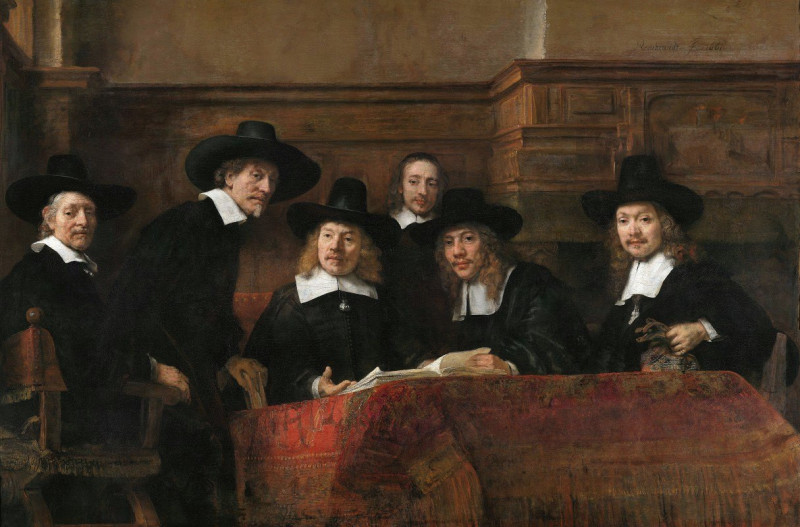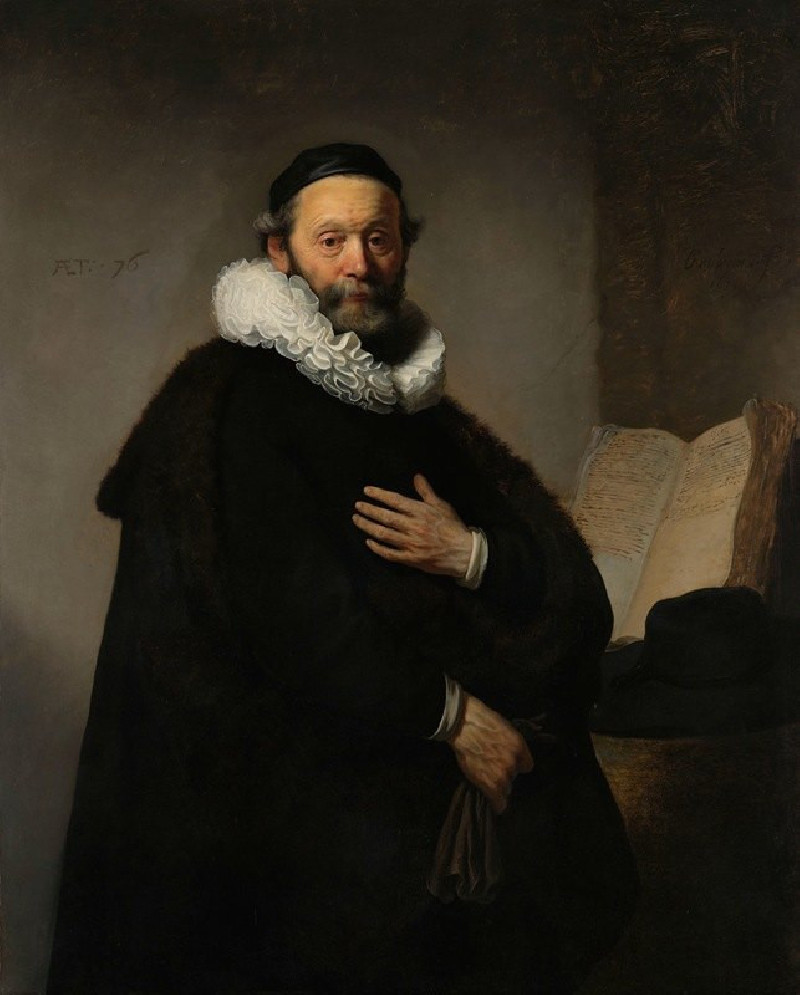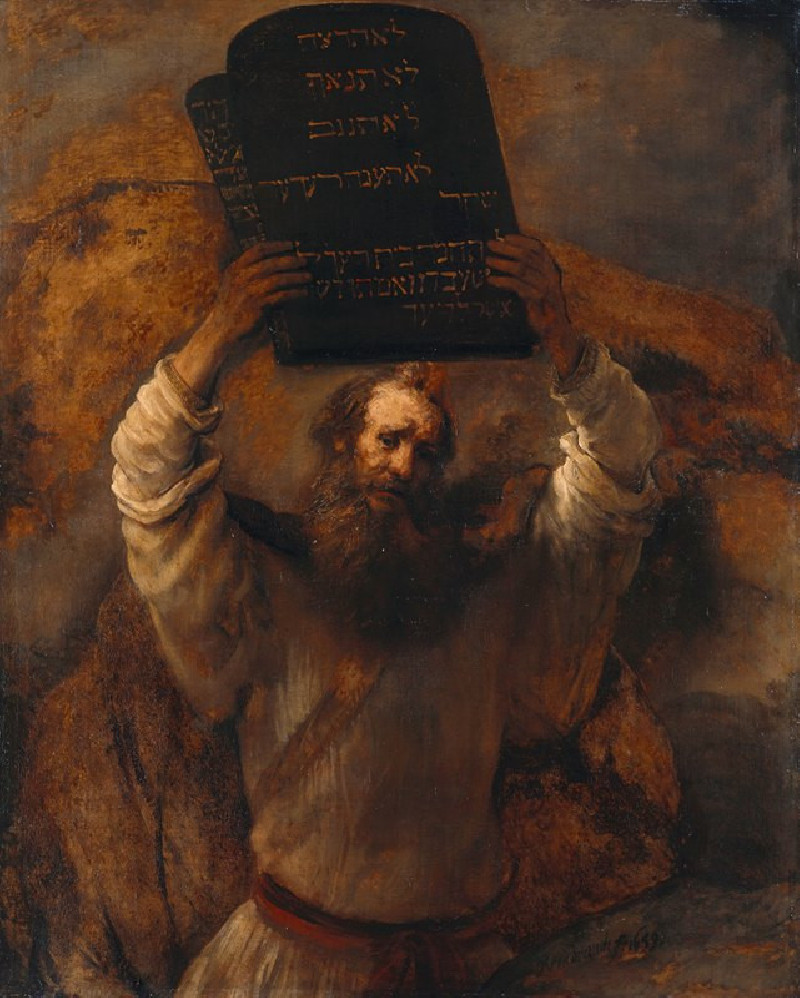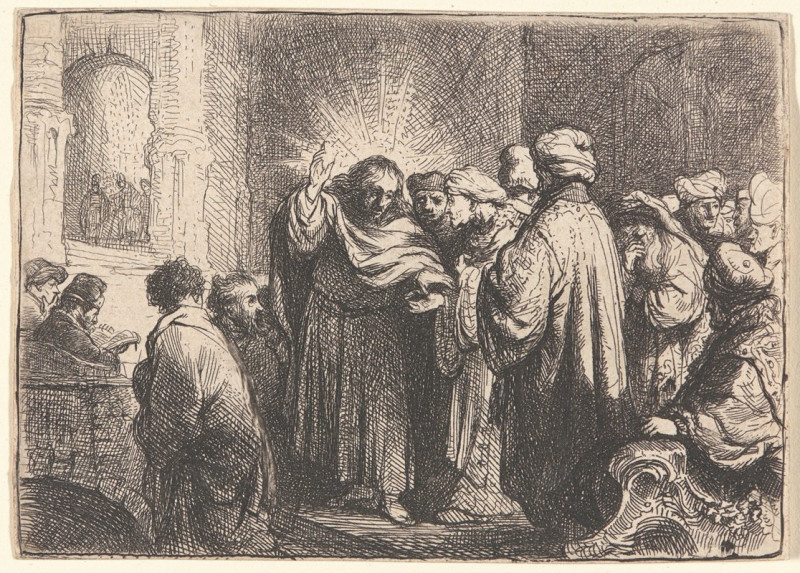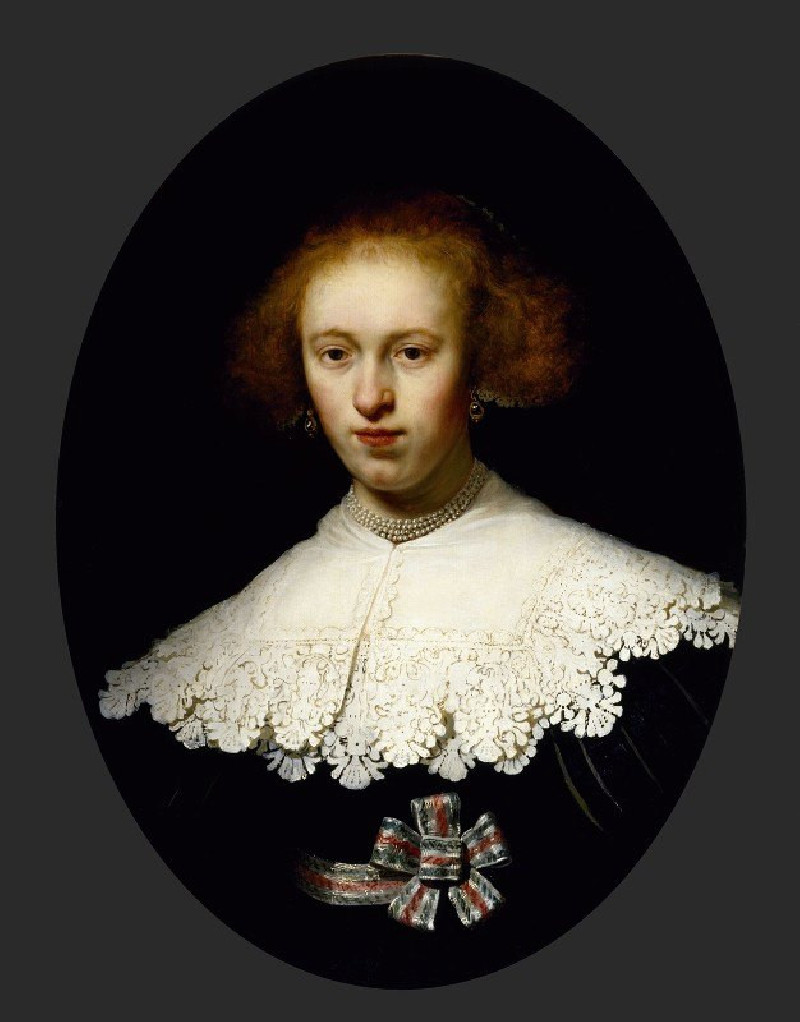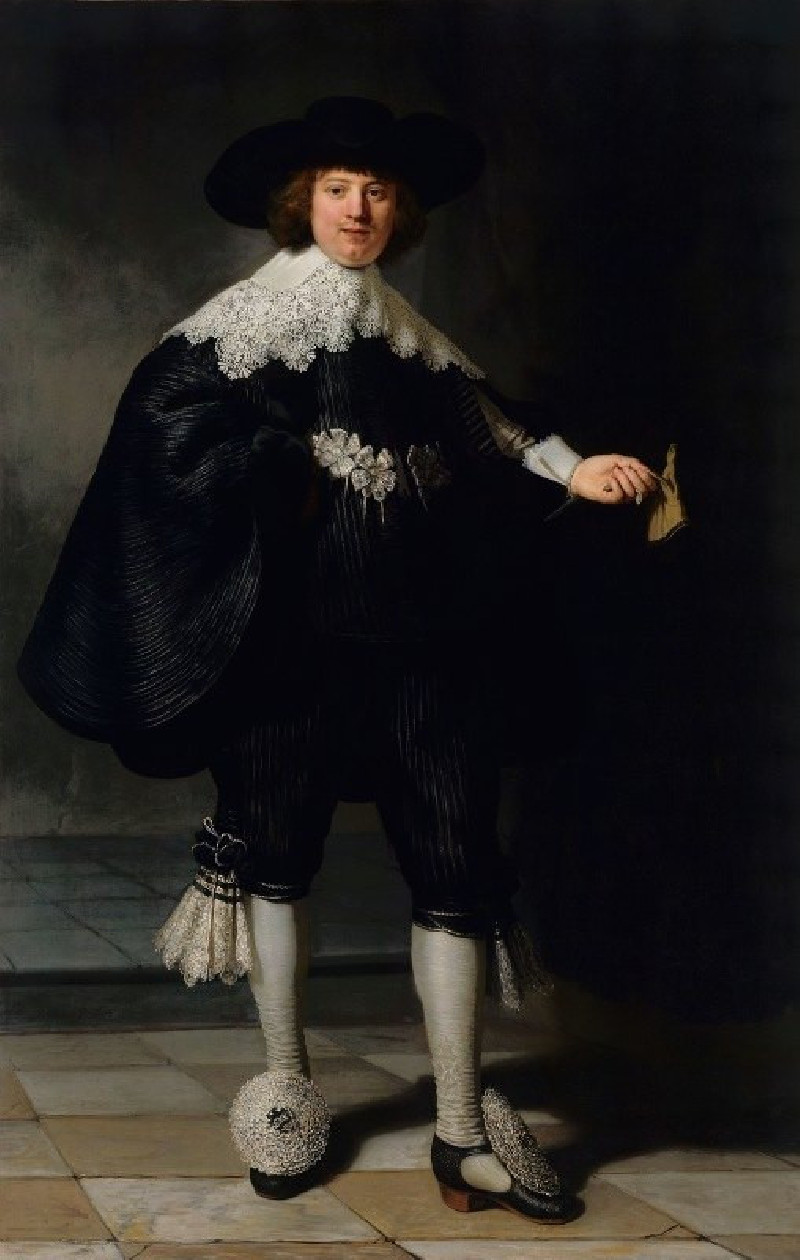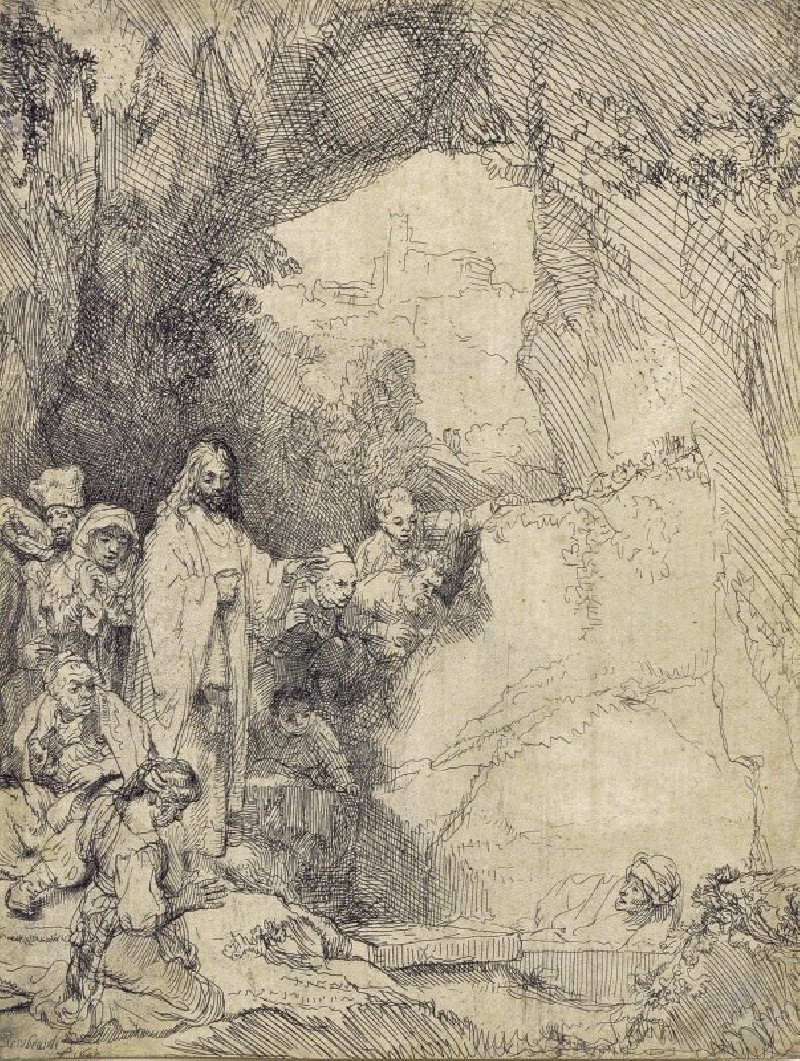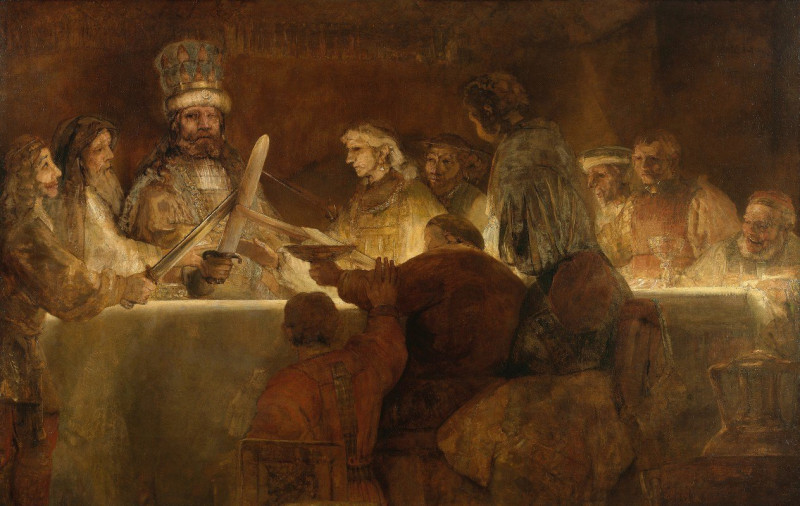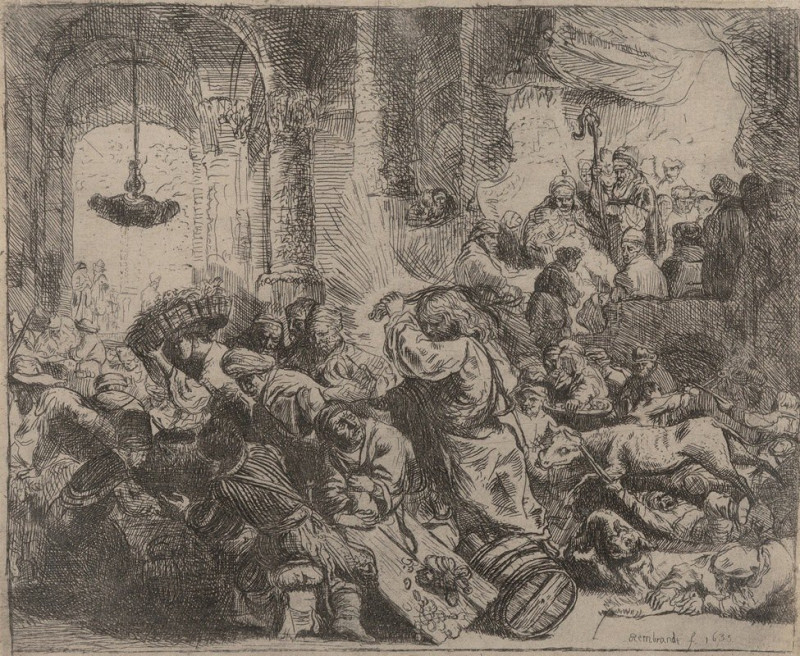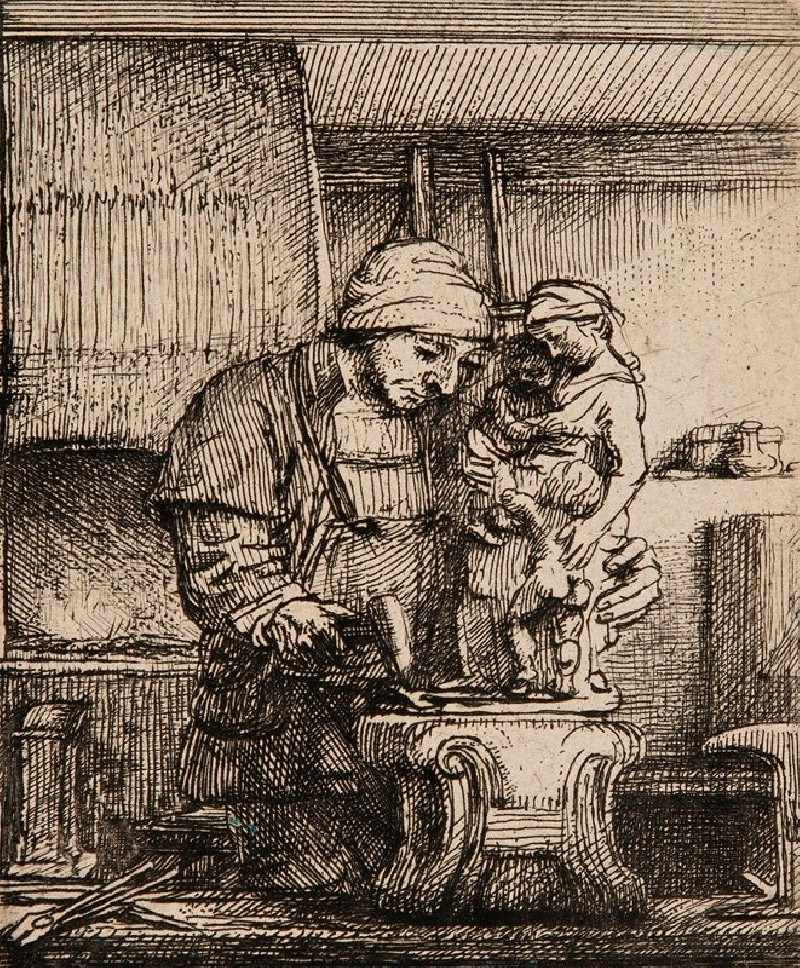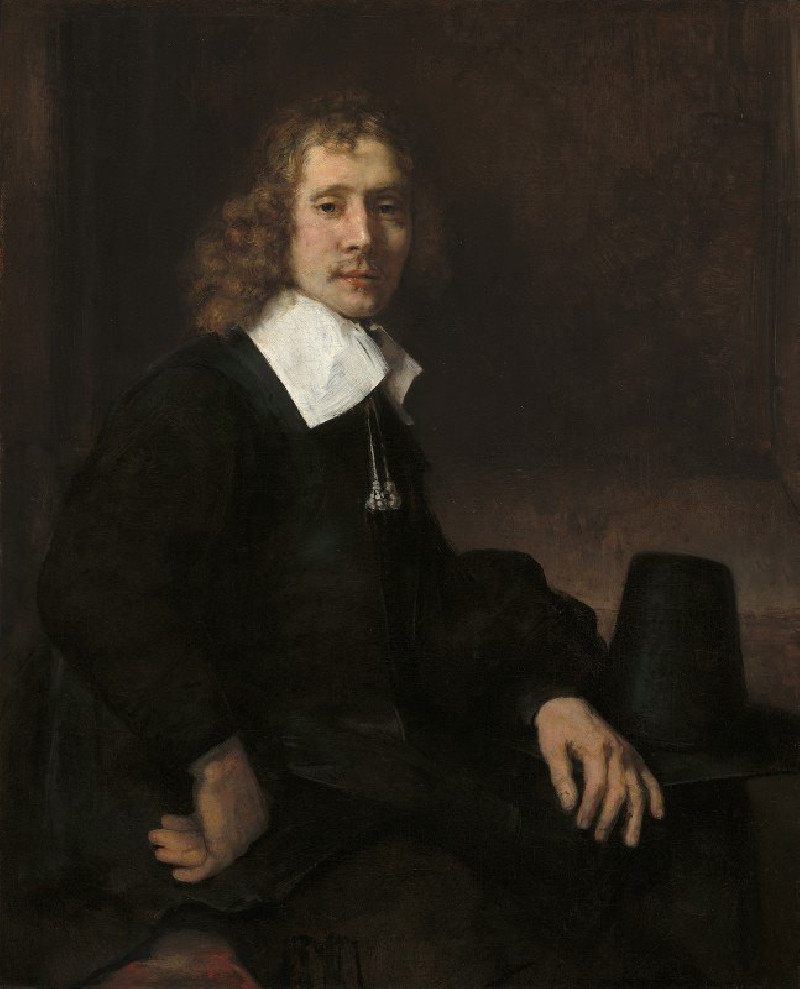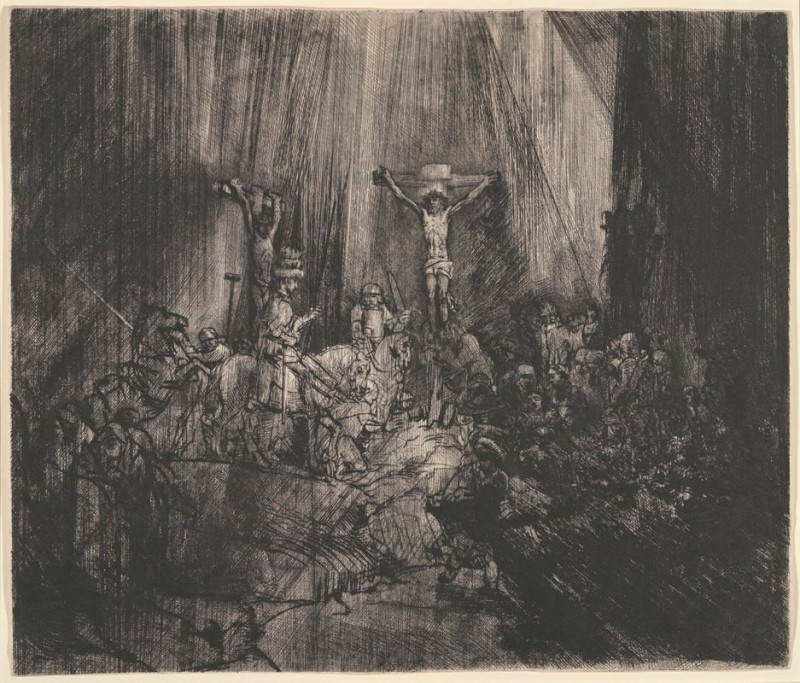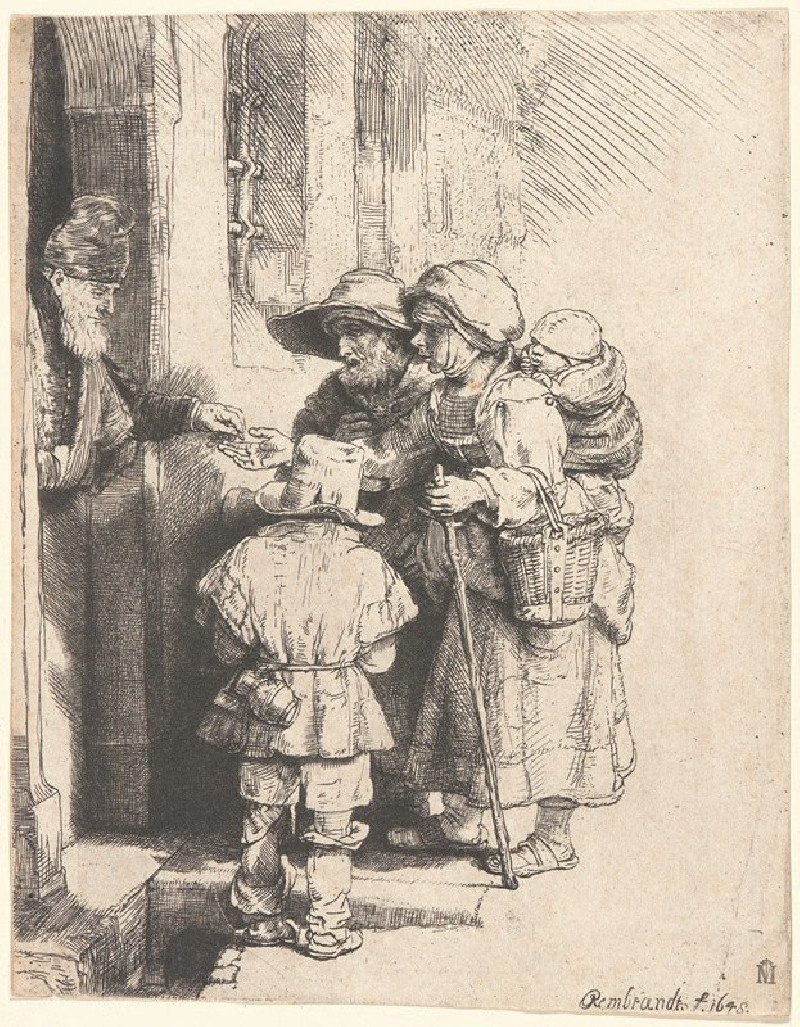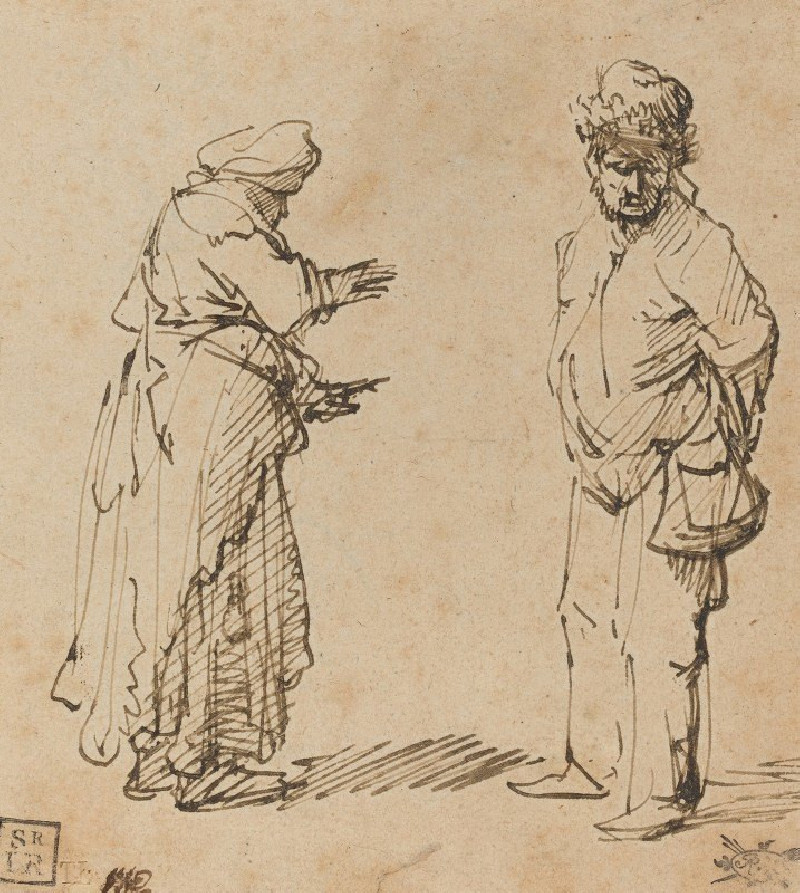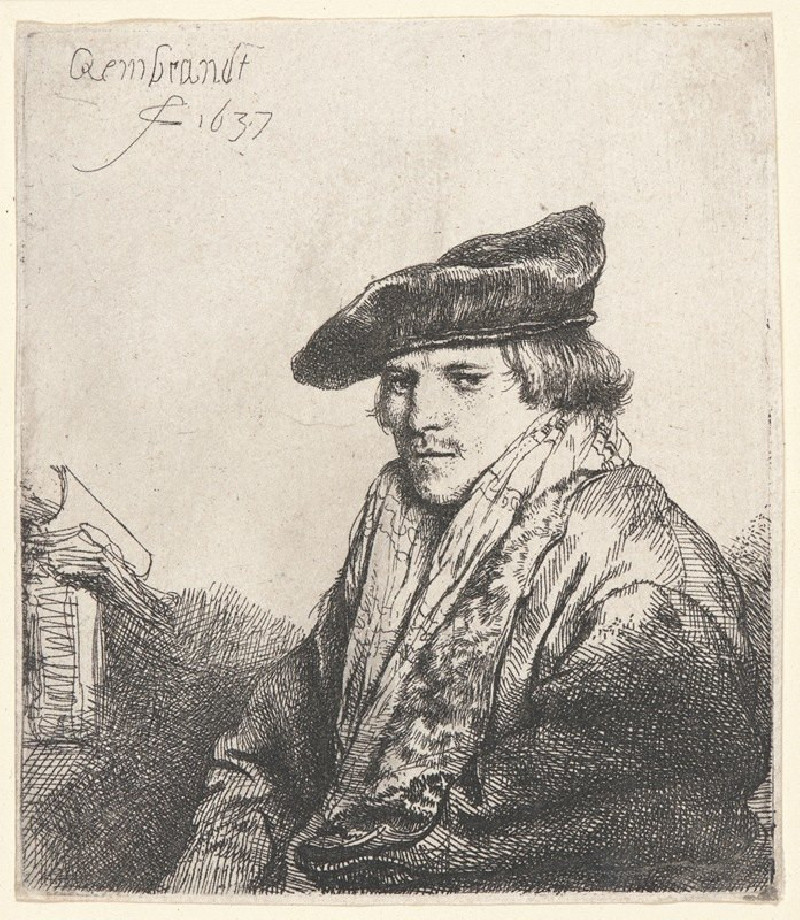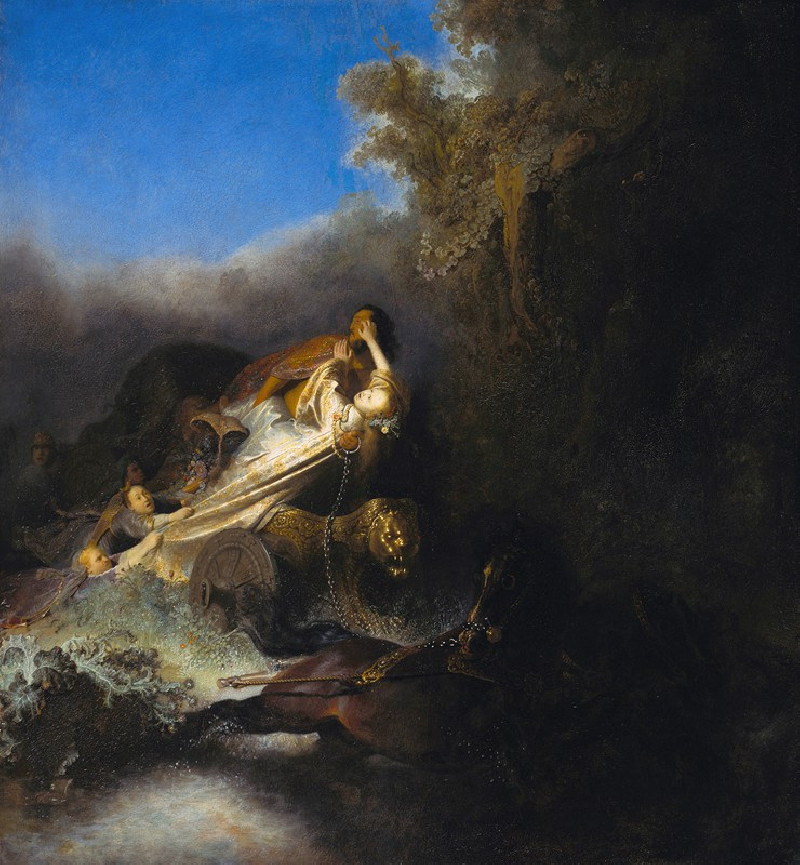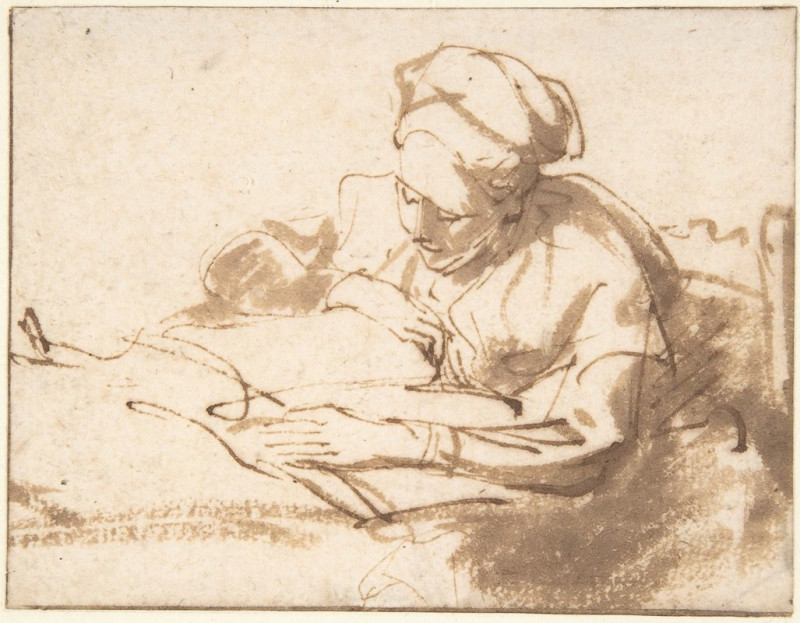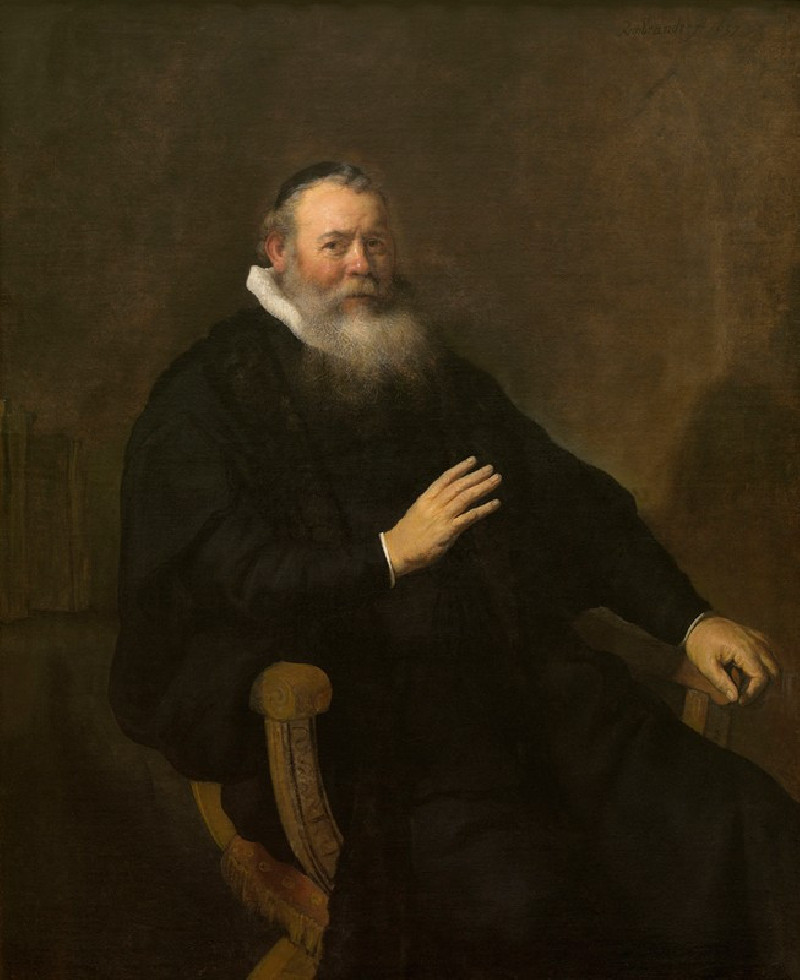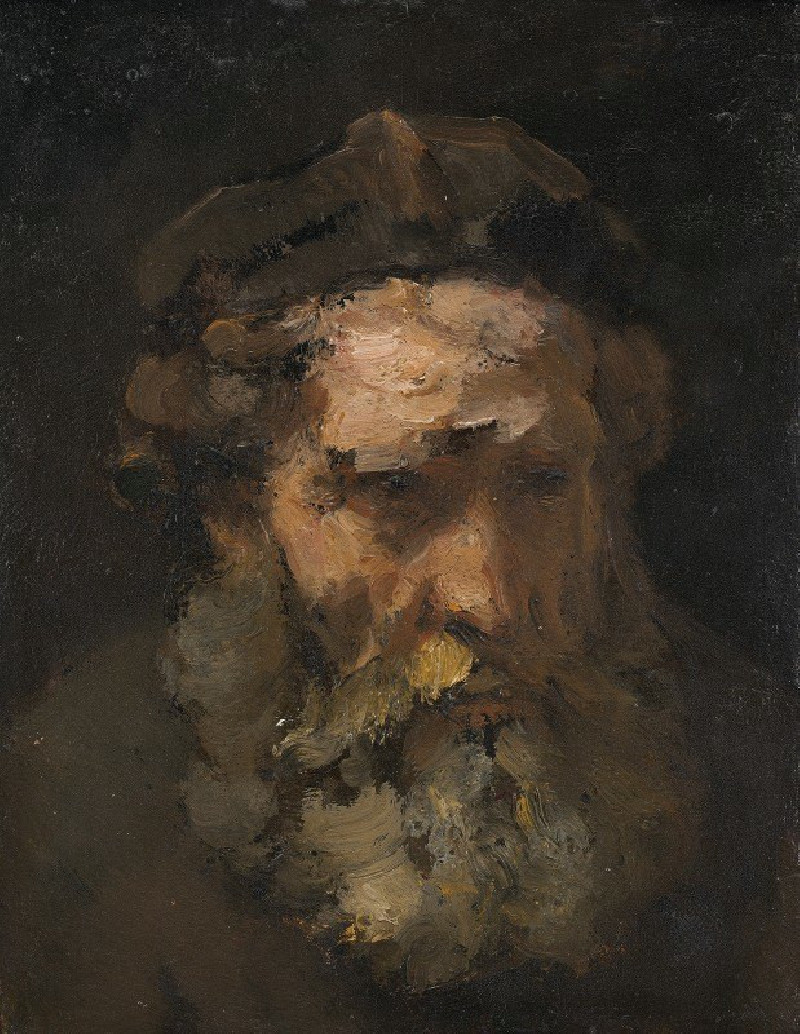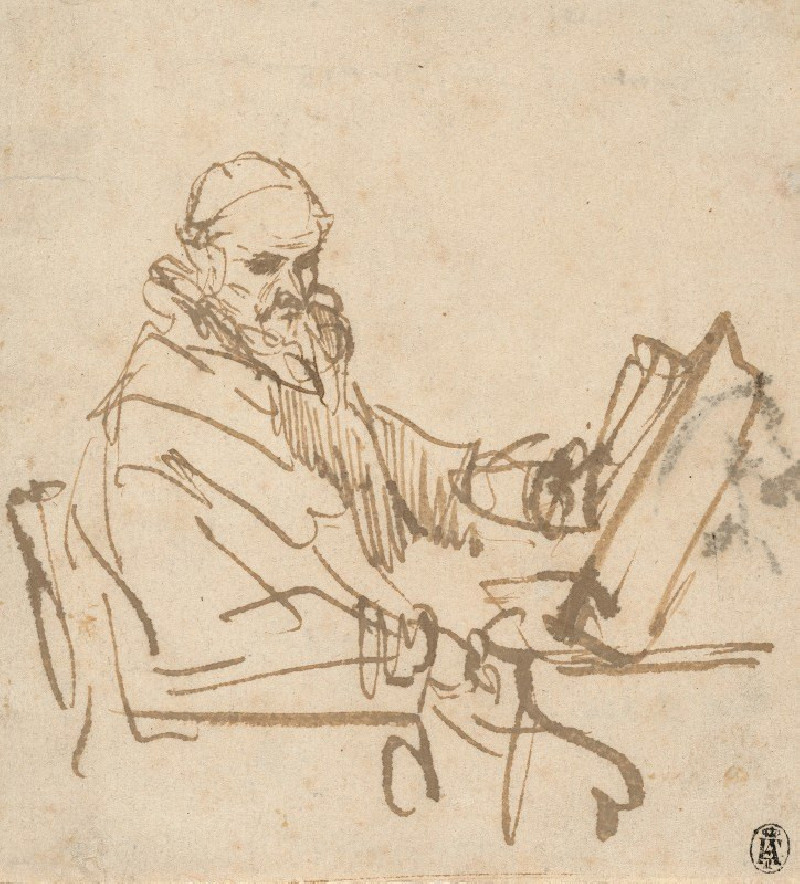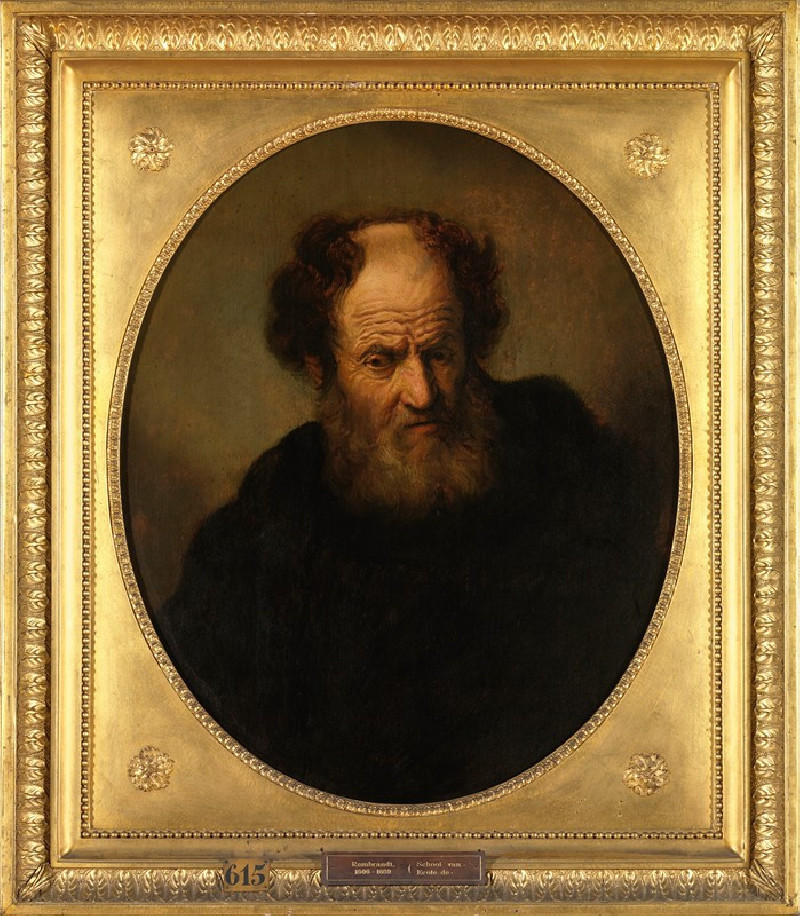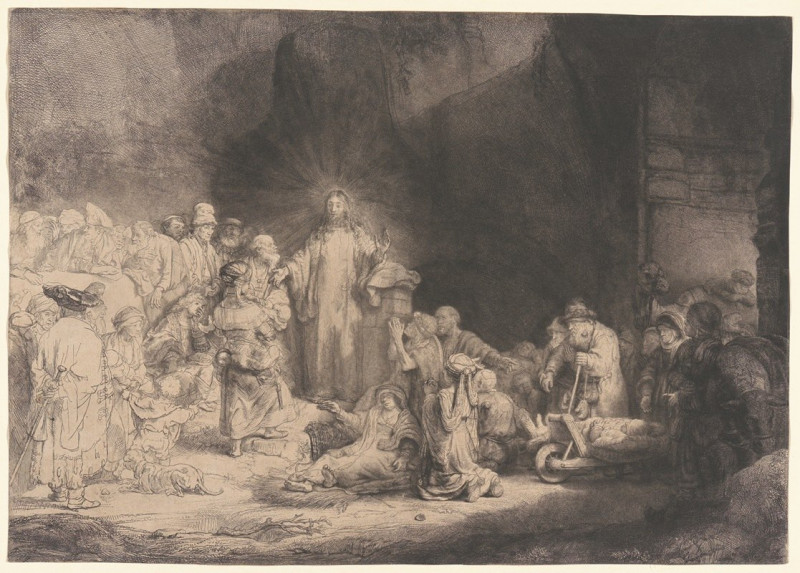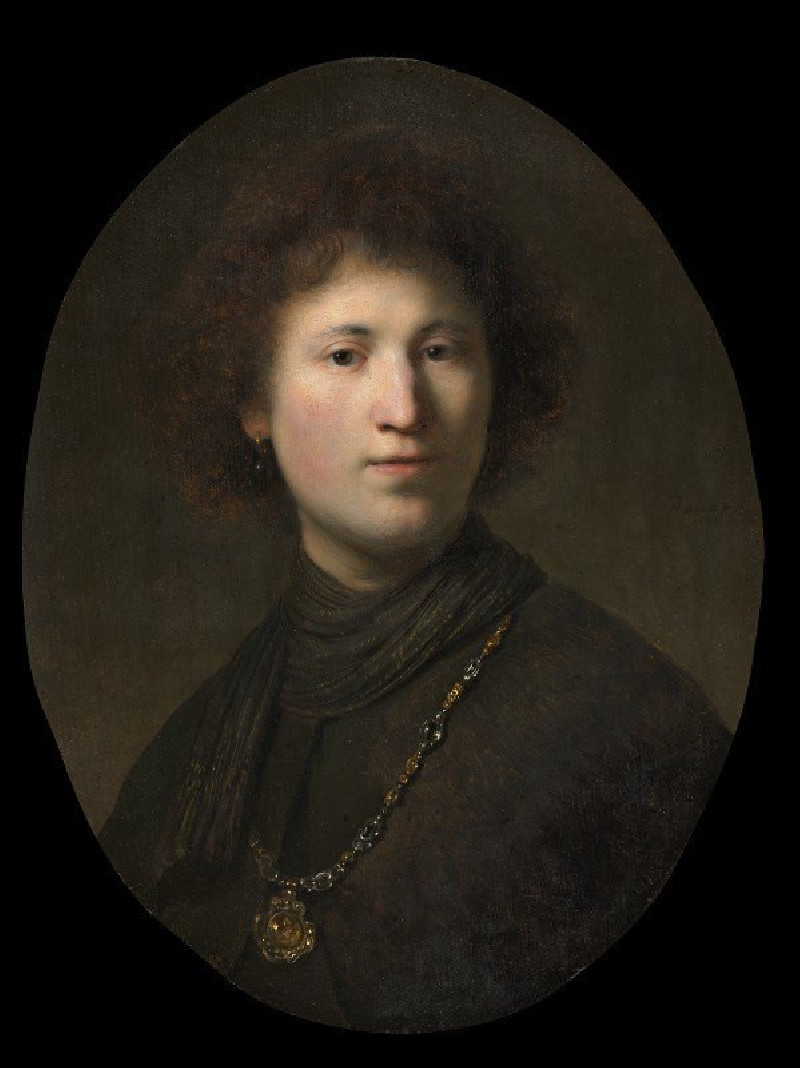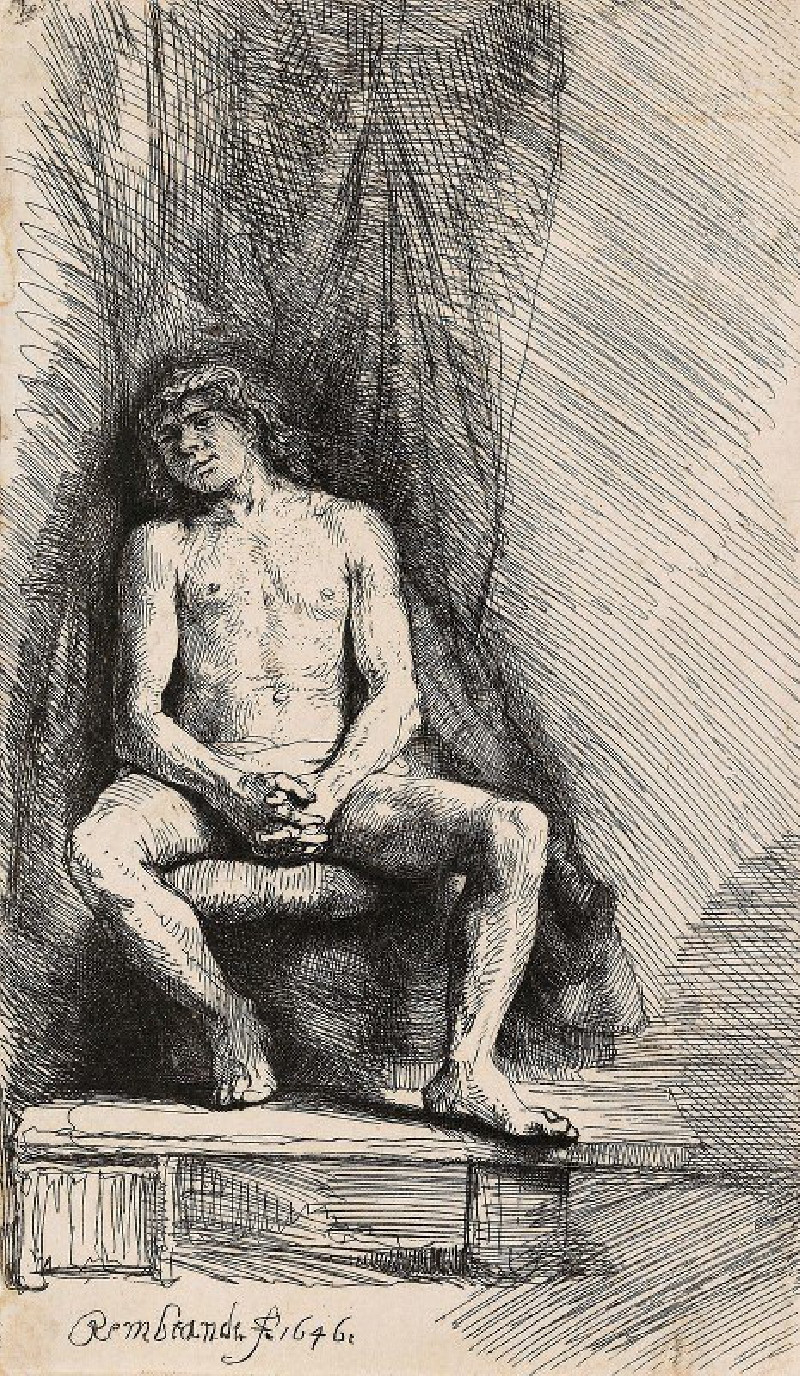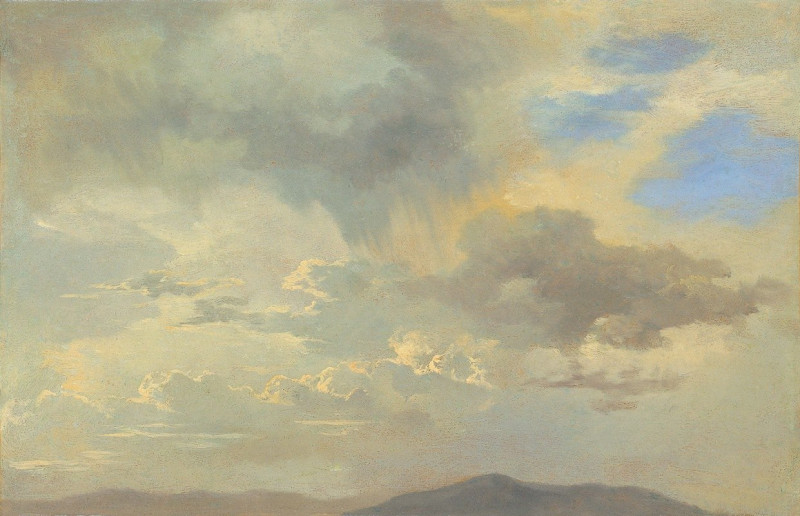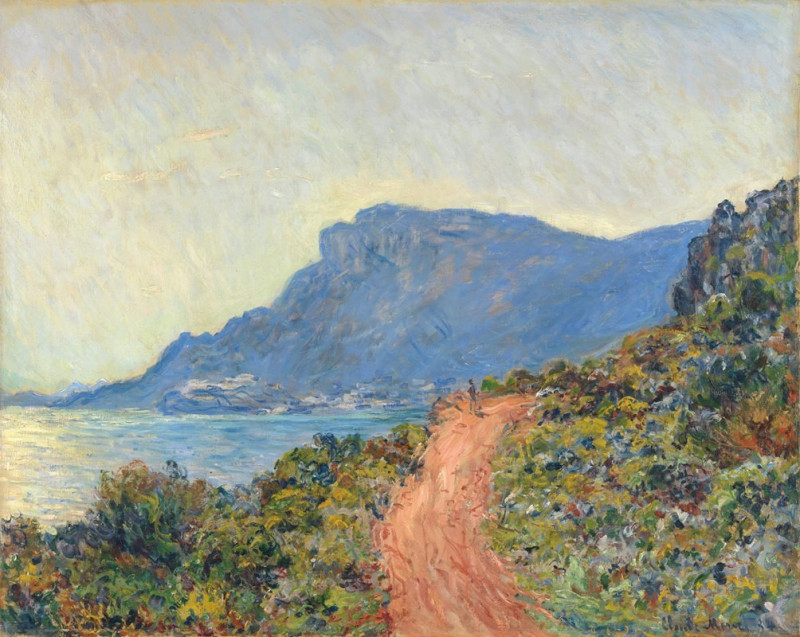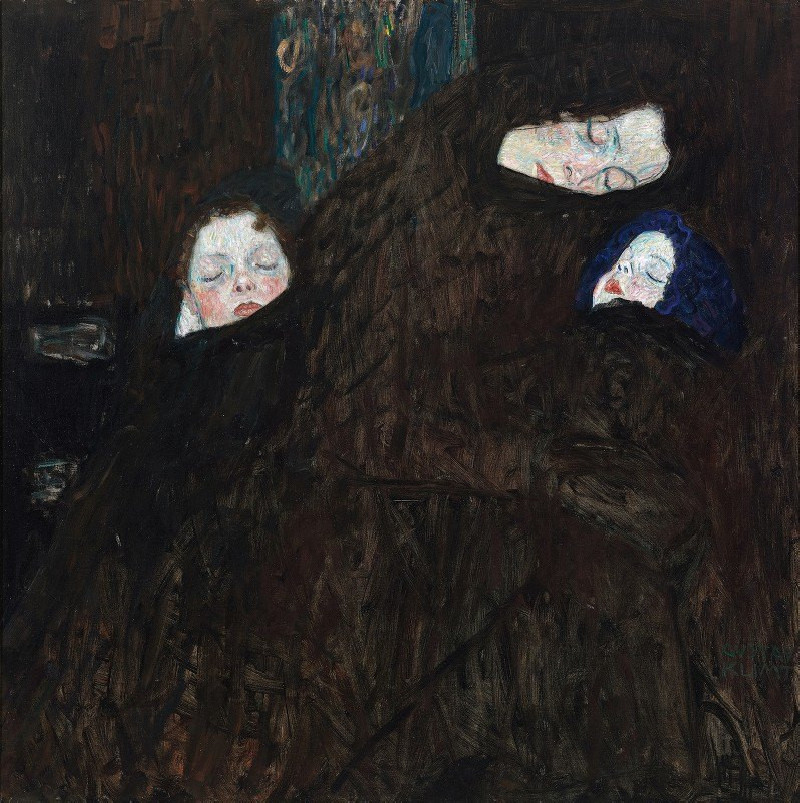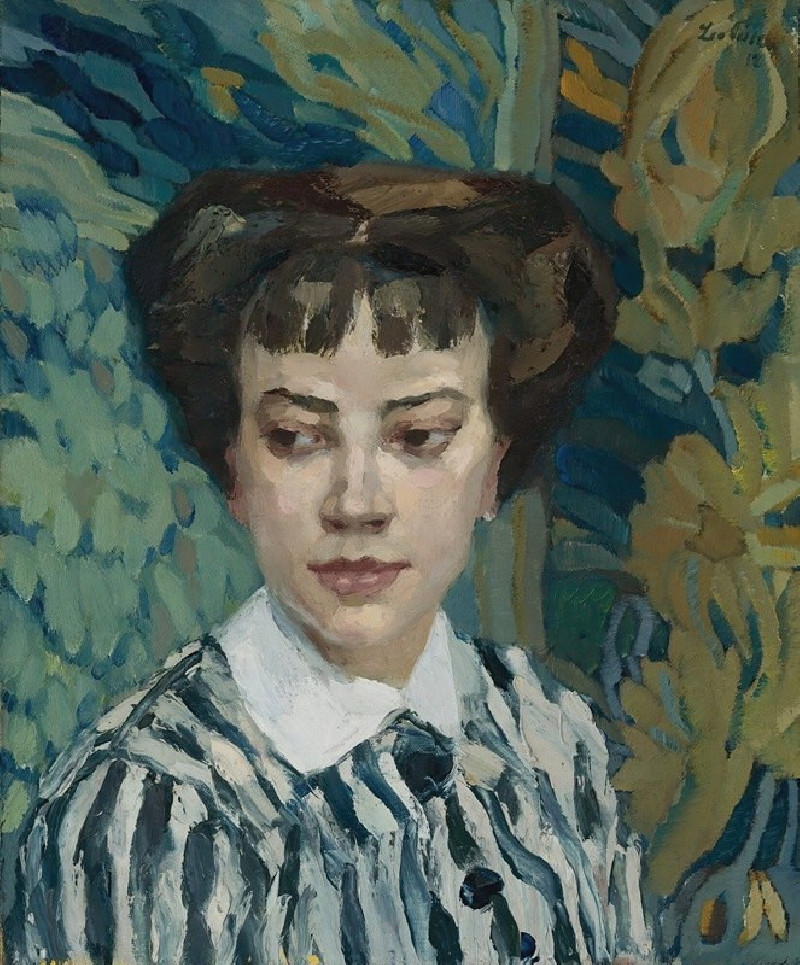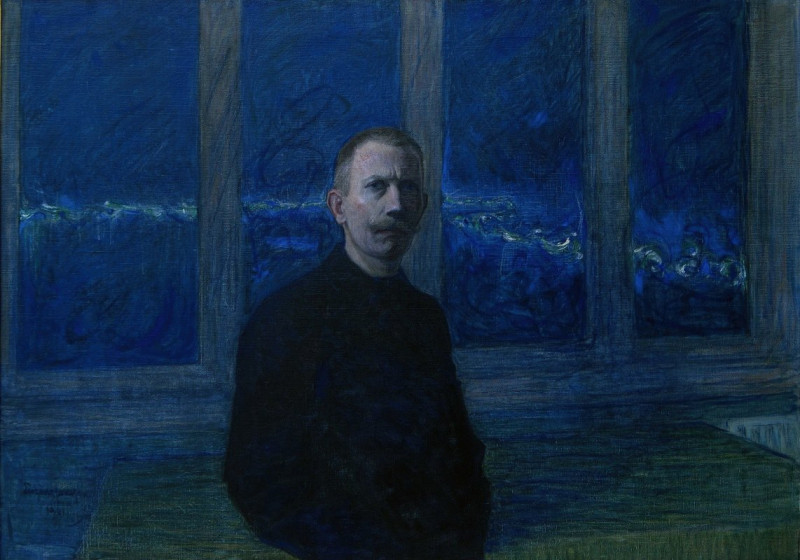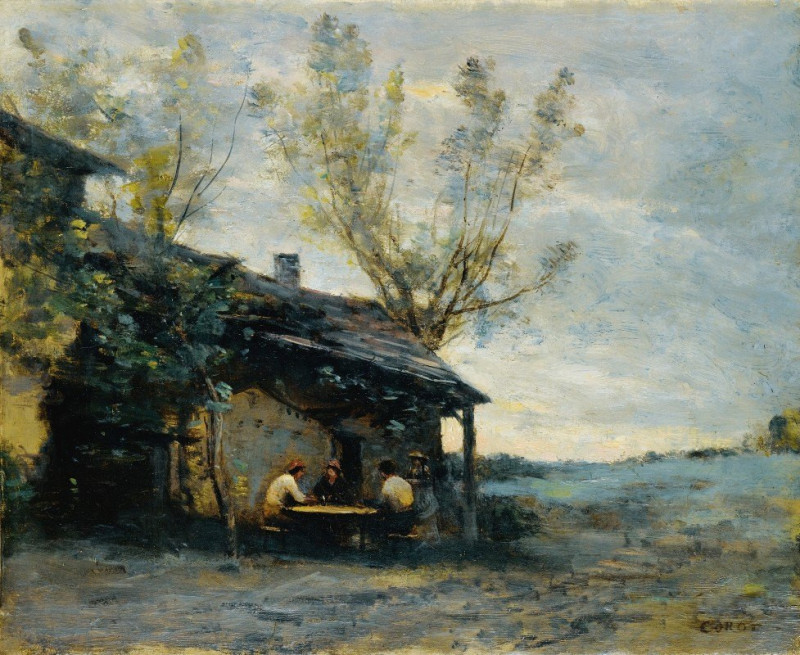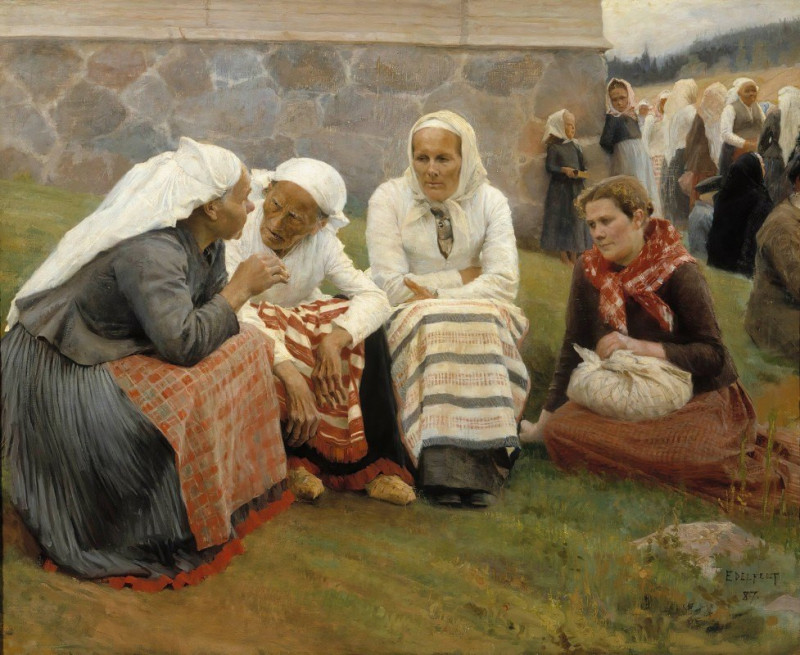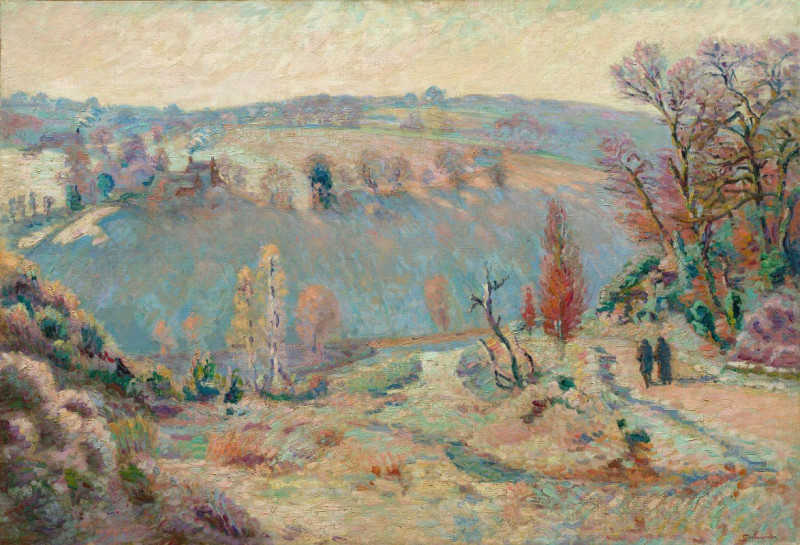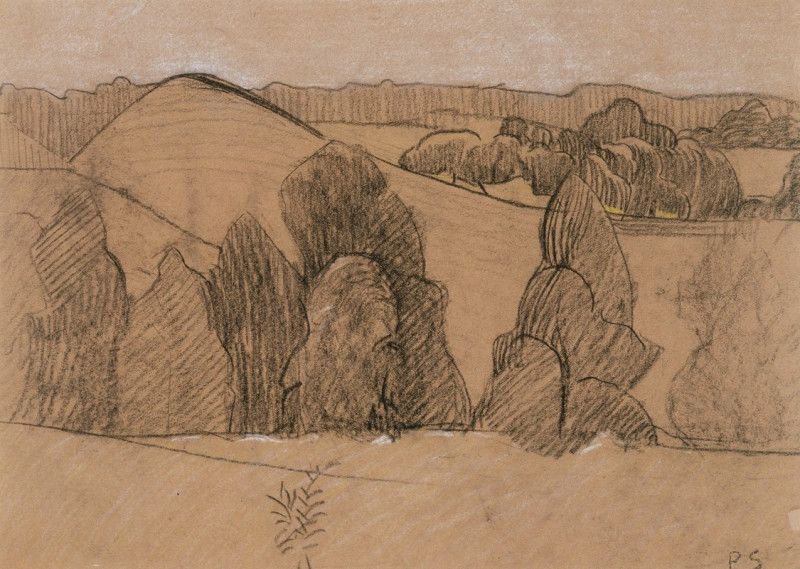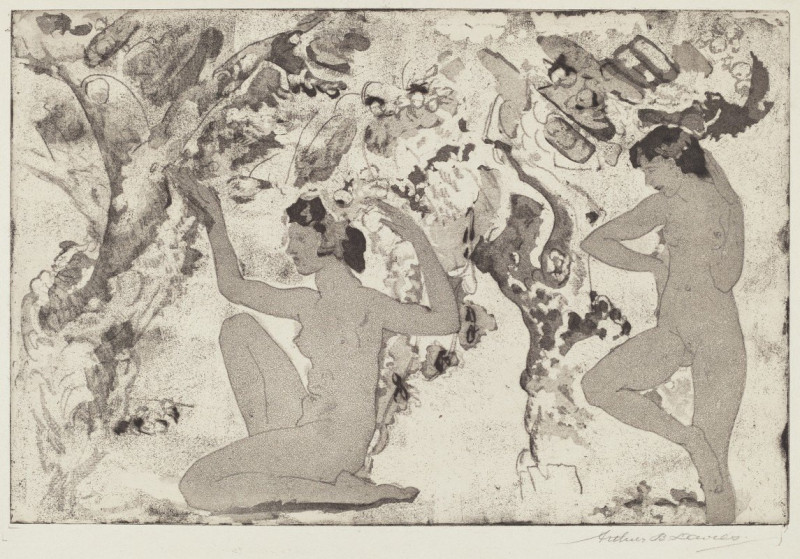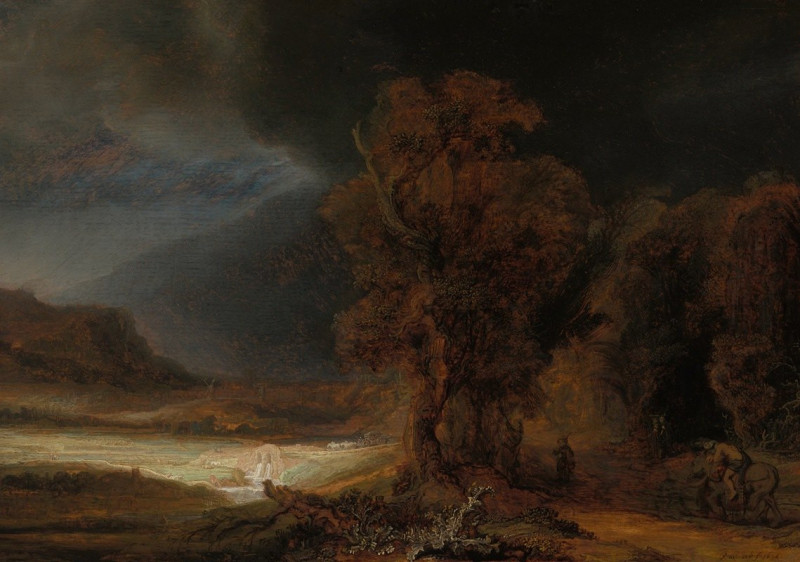The Abduction of Ganymede (1635)
Technique: Giclée quality print
Recommended by our customers
More about this artwork
"The Abduction of Ganymede" by Rembrandt van Rijn, painted in 1635, captures a dramatic and mythological moment with breathtaking emotion and skill. The painting depicts the young Ganymede, a figure from Greek mythology, being carried away by Zeus, who has transformed himself into a mighty eagle. Ganymede's expression conveys distress and confusion as he is lifted into the sky, away from the earthly realm.Rembrandt's mastery of light and shadow is evident in how the figures emerge from the darkness, highlighting the struggle and the divine power at play. The eagle's expansive wings command the canvas, while the soft, almost delicate rendering of Ganymede's body contrasts with the bird's rugged textures.
Delivery
Returns
Rembrandt Harmenszoon van Rijn was a Dutch draughtsman, painter, and printmaker. An innovative and prolific master in three media, he is generally considered one of the greatest visual artists in the history of art and the most important in Dutch art history. Unlike most Dutch masters of the 17th century, Rembrandt's works depict a wide range of style and subject matter, from portraits and self-portraits to landscapes, genre scenes, allegorical and historical scenes, and biblical and mythological themes as well as animal studies.

